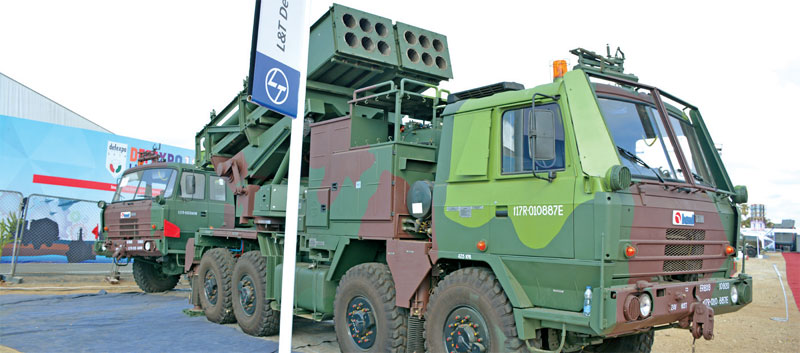Weak economy, waning interest and wrong practices mark DefExpo 2020
Pravin Sawhney
Lucknow: In nearly two decades since the show started, never before has DefExpo been marked by such low confidence: the economy is spluttering and the markets are unsure. Yet, the ministry of defence’s spirits remains high, at least in its expectations of DefExpo 2020.

Not only it thinks that exhibitors are elbowing others out to get to the show, it believes that they need to pay through their teeth for their brief moment in the pale winter sun. Hence, despite the worries about poor returns on the investments, the select exhibitors who are braving the circumstances to participate in DefExpo 2020 have got no support from the government when it comes to easing the process. Hotels, who belatedly trebled their rates, have been cancelling early-bird bookings to make a killing on last minute panic buys. What’s more several hotels are insisting on package bookings, for instance, block five days, whether you intend to be at the show for one day or two. That this amounts to bad practices, plus the fact that frequently changing location of the show takes away the possibility of advance planning has escaped the attention of the organisers. If this is not indifference, then what is.
As if there weren’t already enough factors to undermine the morale, the organisers have brought back the old practice of appointing ‘official’ media partner. This Indian peculiarity was discarded a few years back because it was found to be an unprofessional practice for a show that aspires to be among the best in the world.
There are several defence and aerospace publications in India of varying quality and consistency. None of this matter to the ministry of defence. To qualify as official media partner, you pay a substantive fee and you are in. It is immaterial whether you are a pamphleteer or journalist. Incidentally, all the other publications, who wish to participate in the show and bring out show dailies, are also required to pay a fixed amount – no mean number this – for the second-class status at the show; quality and consistency notwithstanding. On top of that, they have to function under a list of don’ts issued by the organisers, which spells out the forbidden places for distribution. These places are the exclusive domain of the ‘official media partner’.
Incidentally, on the ground, the diktat is enforced more by the official media partner than the organisers, who clearly have more pressing things to attend to at the show. But why blame the official media partner for uncivil behaviour. Having paid through its teeth, it is hard-pressed to recover the money. Since the quality of the publication is not the determinant, it has to sell the ‘exclusivity of its distribution network’ at the show as its USP. Consequently, it is forced to resort to haranguing the advertisers before the show and bullying others during the show. Both of these leave a bad taste in the mouth.
The problem is not with the publications. The problem is with the practice. The appointment of an official media partner reeks of antipathy towards the whole institution of media. It also goes against the logic of competition and choice. Specific to trade shows, multiplicity of publications means a range of options for the exhibitors to convey their message. After all, given their investment in the show, they deserve the maximum bang for their buck.

